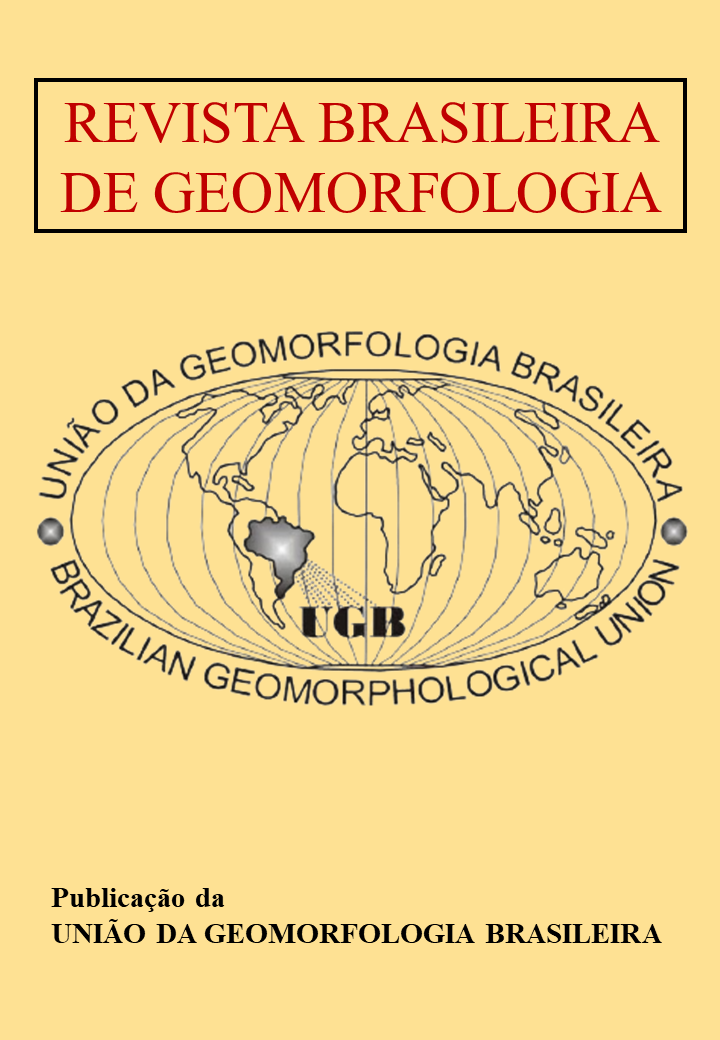Landslide susceptibility mapping using logistic regression, random forests, and artificial neural networks: a case study in Mariana/MG, Brazil
DOI:
https://doi.org/10.20502/rbgeomorfologia.v25i4.2584Keywords:
Machine learning, Predictive analysis, Landslide conditioning factors, Risk managementAbstract
The landslide susceptibility mapping (LSM) plays an important role in risk management. This study evaluated the predictive capabilities of three machine learning (ML) approaches applied to LSM: logistic regression (LR), random forests (RF), and artificial neural networks (ANN). The study was conducted in a mountainous region of Mariana/MG, Brazil. Initially, a point inventory with 364 landslides and 364 stable regions was randomly partitioned in a 70% training and 30% testing ratio for the models. Nine landslide conditioning factors (LCF), ranked by information gain (IG), were considered: slope angle (IG=0.486), geomorphology (IG=0.235), topographic wetness index - TWI (IG=0.138), lithology (IG=0.077), slope orientation (IG=0.067), topographic position index - TPI (IG=0.052), distance from drainage (IG=0.032), slope curvature (IG=0.029) and the distance from roads (IG=0.024). The evaluation of the area under the curve (AUC-ROC) and the classification efficiency rates in high () and low () susceptibility were used to compare the results of the approaches. The results demonstrated that although RF (AUC-ROC=0,947, =6,808, =0,030) slightly outperformed LR (AUC-ROC=0,936, =5,695, =0,050) and ANN (AUC-ROC=0,934, =6,495, =0,060), all the approaches exhibited high predictive capability in identifying areas susceptible to landslides.
Downloads
Downloads
Published
How to Cite
Issue
Section
License

This work is licensed under a Creative Commons Attribution-NonCommercial 4.0 International License.
Author (s) retain copyright and grant the journal right of first publication with the work simultaneously licensed under the Creative Commons Attribution License that allows sharing the work with recognition of its initial publication in this journal.








